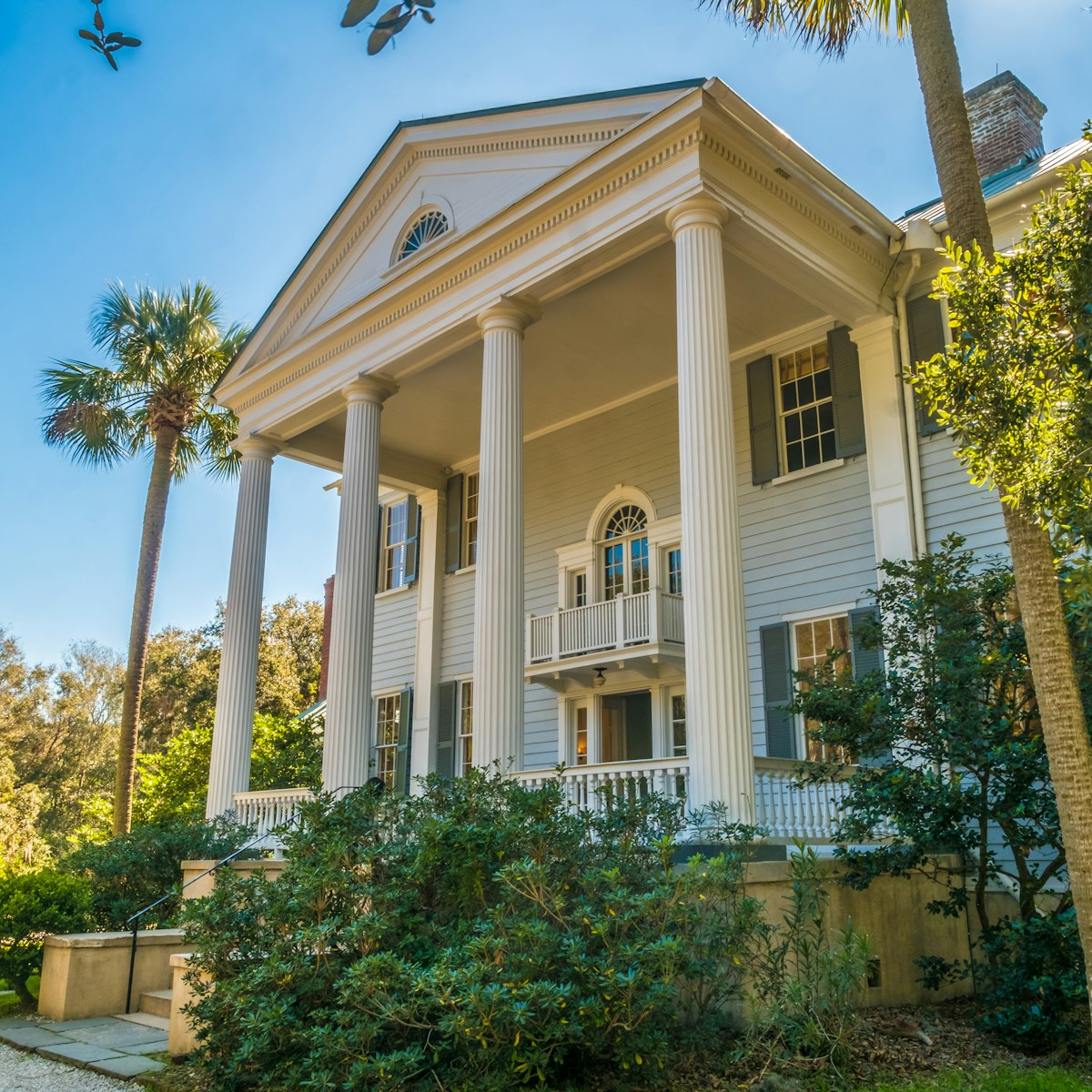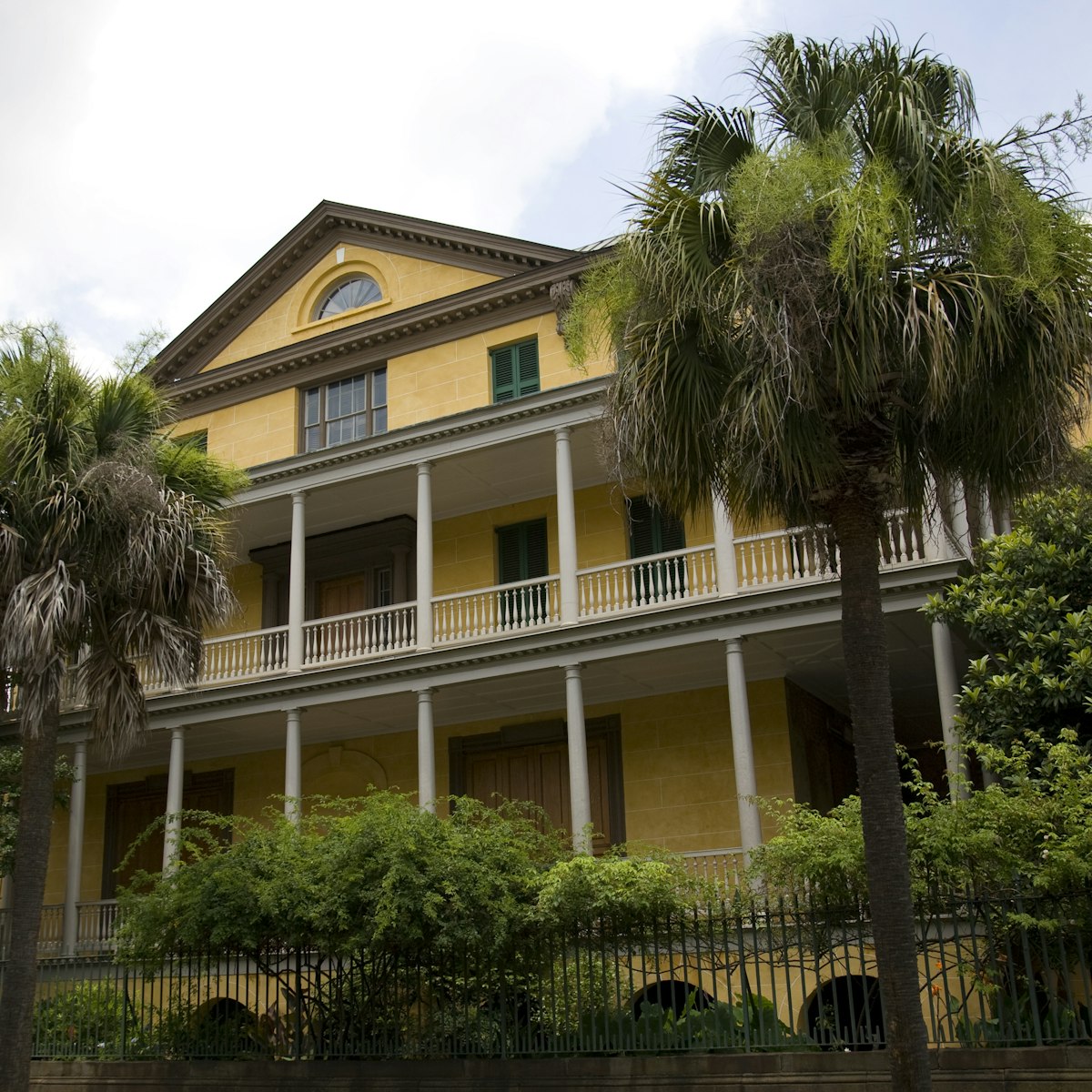Formerly occupied by large rice plantations, this area fell out of use after the Civil War and was bought up by sportsmen who turned it into a hunting retreat. They managed the land wisely, and when it became a wildlife refuge in 1990 the wetland ecosystem was still thriving. Over the refuge's 12,000 acres, visitors can spot alligators, endangered storks and whooping cranes.
There's an 1828 plantation house at the entrance that contains the refuge's main office.
The ACE part of the name comes from the Ashepoo, Combahee and Edisto rivers, which converge in the basin, a vast ecosystem of upland forest, bottomland hardwood, fresh, brackish and salt-water marshes, barrier islands and beaches.








